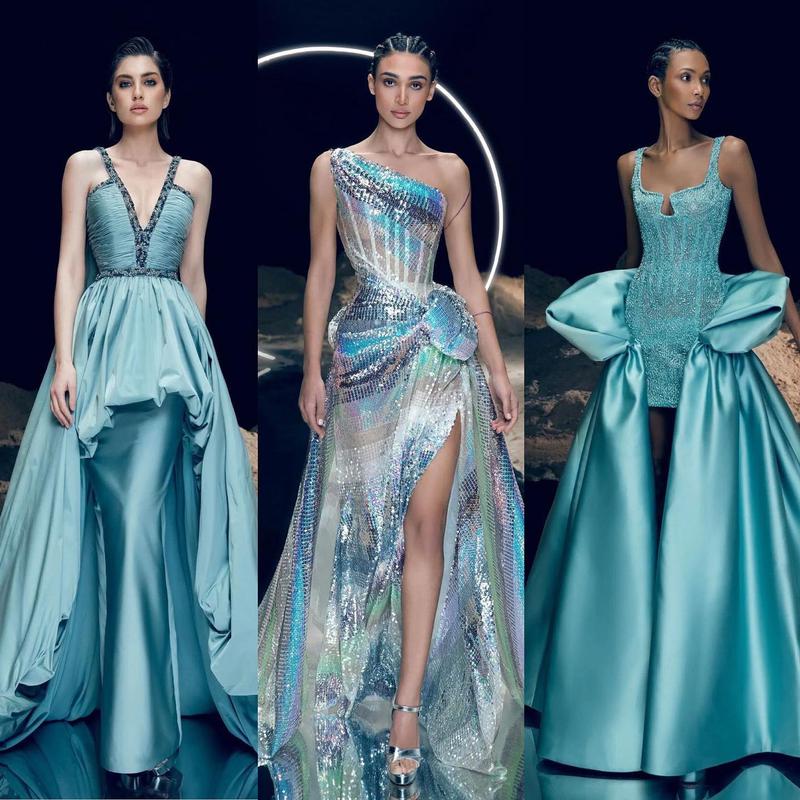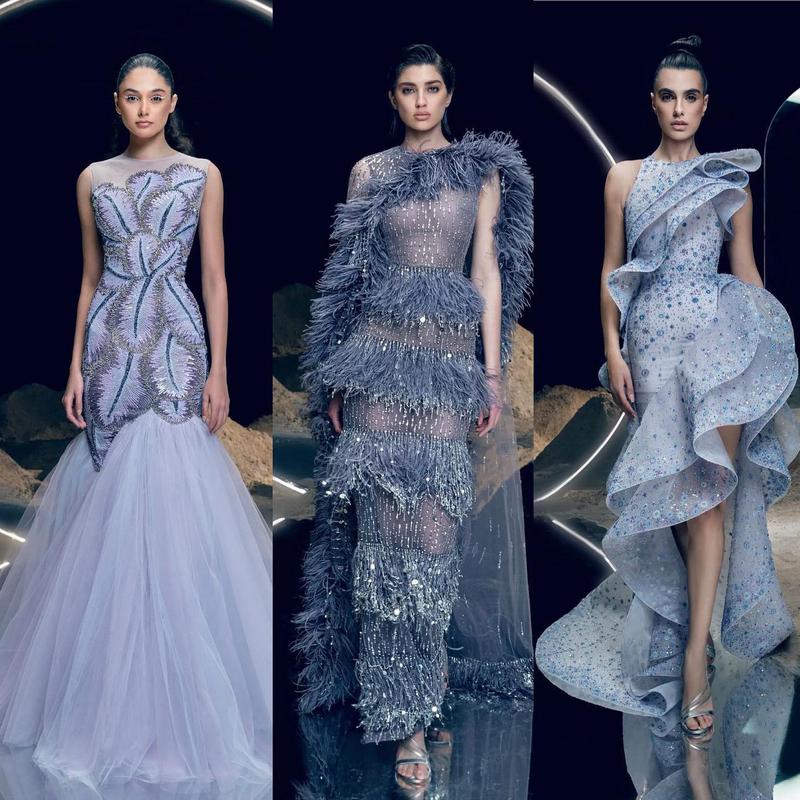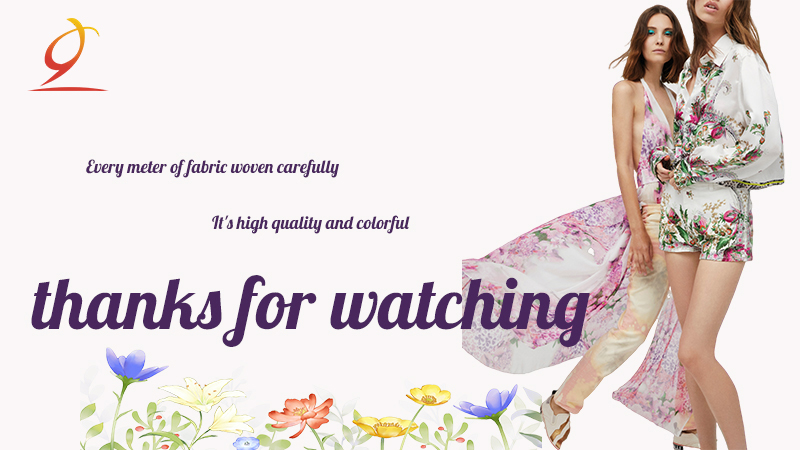2023 Fashion News-Luxutextile analyze
Ten Key Words for the Global Fashion Industry in 2023-Luxutextile analyze
Background
If one word is used to describe the outlook of the fashion industry in 2023, it would be "difficult". After 18 months of strong growth (early 2021 to mid-2022), the fashion industry is once again facing challenges. Hyperinflation and subdued customer sentiment have already led to lower growth rates in the second half of 2022, and this slowdown is likely to continue into 2023.
The ten trending keywords for 2023 are:
1. Global Fragility
The global economy is in a state of turmoil as global consumer confidence falls after inflation unseen in a generation, witnessing rising geopolitical tensions, the climate crisis, and expectations of a recession. Fashion brands have carefully planned and made prudent decisions to deal with the many uncertainties and recession risks in 2023.
2. Regional status
It has never been an easy task to judge where to land investment on a global scale. Factors such as rising geopolitical uncertainty and an uneven economic recovery post-COVID pandemic could make investing in 2023 more challenging. Brands can further refine their geographic strategy by reassessing their regional growth priorities.
3. Dual-track spending
Potential economic turmoil in 2023 could affect consumers differently. Depending on factors such as disposable income levels, some will delay or reduce purchases; others will seek out bargains, increasing demand for resale, rental, and lower-priced products. Fashion executives should adapt their business models to protect customer loyalty and avoid diluting their brands.
4. Fluid fashion
Gender-fluid fashion is gaining more traction as consumer attitudes toward gender identity and expression continue to change. Specifically, one in two Gen Z teenagers has bought transgender clothing or fashion items. For many brands and retailers, the lines between menswear and womenswear are increasingly blurring, requiring them to rethink product design, marketing, and the in-store and digital shopping experience.
5. Formal transformation
Shoppers are rethinking what they dress for work, weddings, and other occasions, and formalwear has a new definition. While offices and events may become more casual, special occasions are likely to be dominated by statement-making clothing that consumers rent or buy to stand out when deciding to dress up.
6. Direct to Consumer (DTC)
While brands across price points and categories have embraced direct-to-consumer digital channels, the sustainability of DTC is in doubt amid high digital marketing costs and ongoing e-commerce laws. To achieve growth, brands may need to diversify their channel mix, including wholesale and third-party marketplaces, rather than all in a direct-to-consumer model.
7. Solving "Greenwashing"
As the industry grapples with its damaging impact on the environment and society, consumers, regulators, and other stakeholders are increasingly scrutinizing whether brands’ actions match their sustainability claims. If brands are to avoid the stigma of “greenwashing,” they must demonstrate that meaningful and credible change is being made while complying with emerging regulatory requirements.
8. Future-oriented production process
The continued disruption of supply chains is a catalyst for the reallocation of global production resources. More than two-thirds of apparel companies indicate that they hope that upstream suppliers will increase their capabilities in 2023 to strengthen digitalization. For example, textile manufacturers can create a new supply chain model based on vertical integration, near-shore production, and small-batch production by strengthening the application of digital production processes.
9. Reposition digital marketing
Data-related industry rules are driving digital marketing into a new chapter, as precise targeting of users is becoming increasingly difficult and costly. Brands will need to embrace creative campaigns and new channels, such as retail media networks and metaverse concepts, to achieve greater marketing ROI and collect valuable first-hand data that they can use to deepen customer relationships.
10. Upgrading of Organizational Capabilities
The successful execution of the 2023 strategy depends in part on the company's alignment with key functions. Fashion executives need a new vision for the organization of the future, such as a focus on attracting and retaining top talent, and the ability to grow teams and key executive positions so they can execute priorities such as sustainability and digital acceleration, Thus leading to organizational transformation and upgrading.
Luxutextile thoughts on 2023:
1. In the face of global risks and uncertainties, relevant parties in the fashion industry need to pay close attention to the production and sales preferences of customer companies in the selection of procurement, manufacturing, and sales markets in the coming year
2. When assessing existing and future overseas markets, one needs to think critically about one's operating location, assess the potential for revenue growth, and avoid making blind judgments based on a single opportunity
3. You can think about how to strengthen the application of digital production processes, create a new supply chain model based on vertical integration, near-shore production, and small batch production, and flexibly meet customer order changes in the vuca era
4. As end consumers become more and more unpredictable, fabric companies also need to pay attention to the new requirements of brand owners for supply chain flexibility and differentiation and not stick to stereotypes (for example, boys in clothing with the concept of "gender fluidity" will also purchase)
5. Although the sportswear industry has been on the list of successes in 2021, the macroeconomic background and the continued distance from the epidemic may change this situation in the next year. The potential opportunities for occasional clothing should be properly considered
Welcome to 2023 with us, a team with agility and creativity that will be proud of the future.



